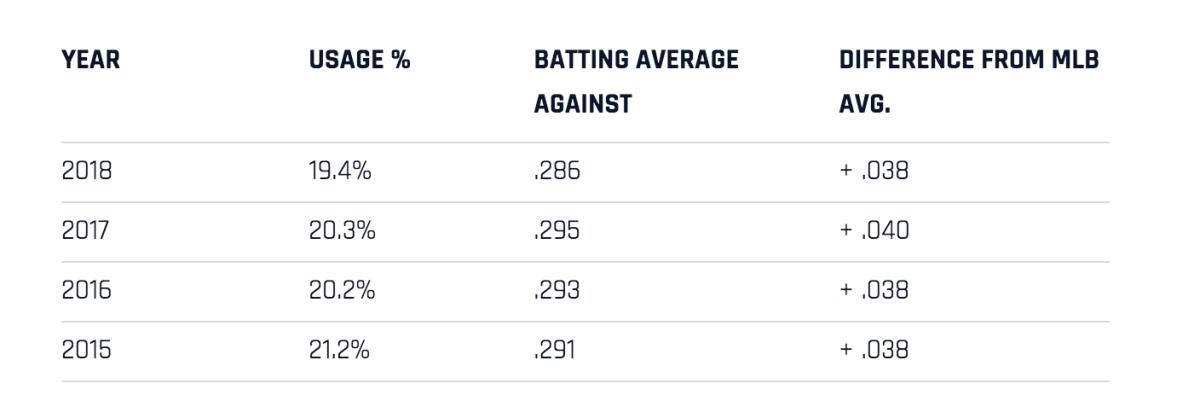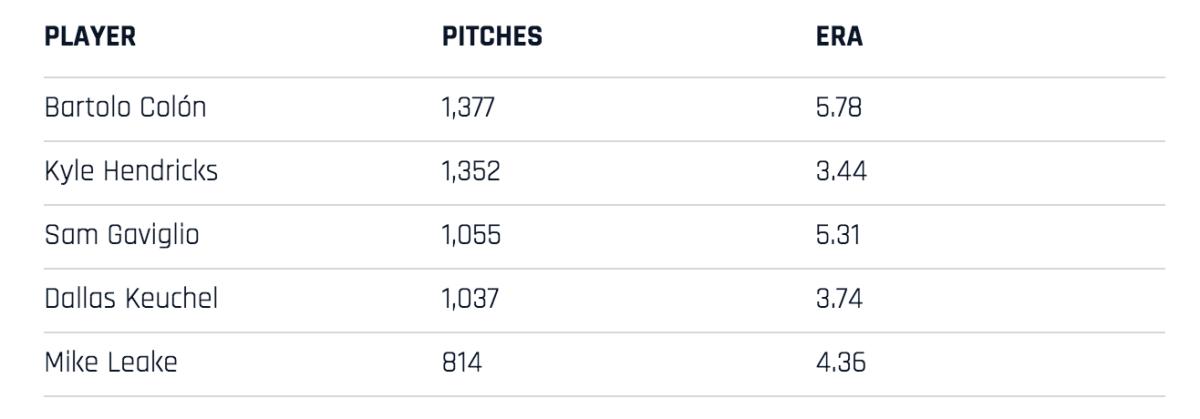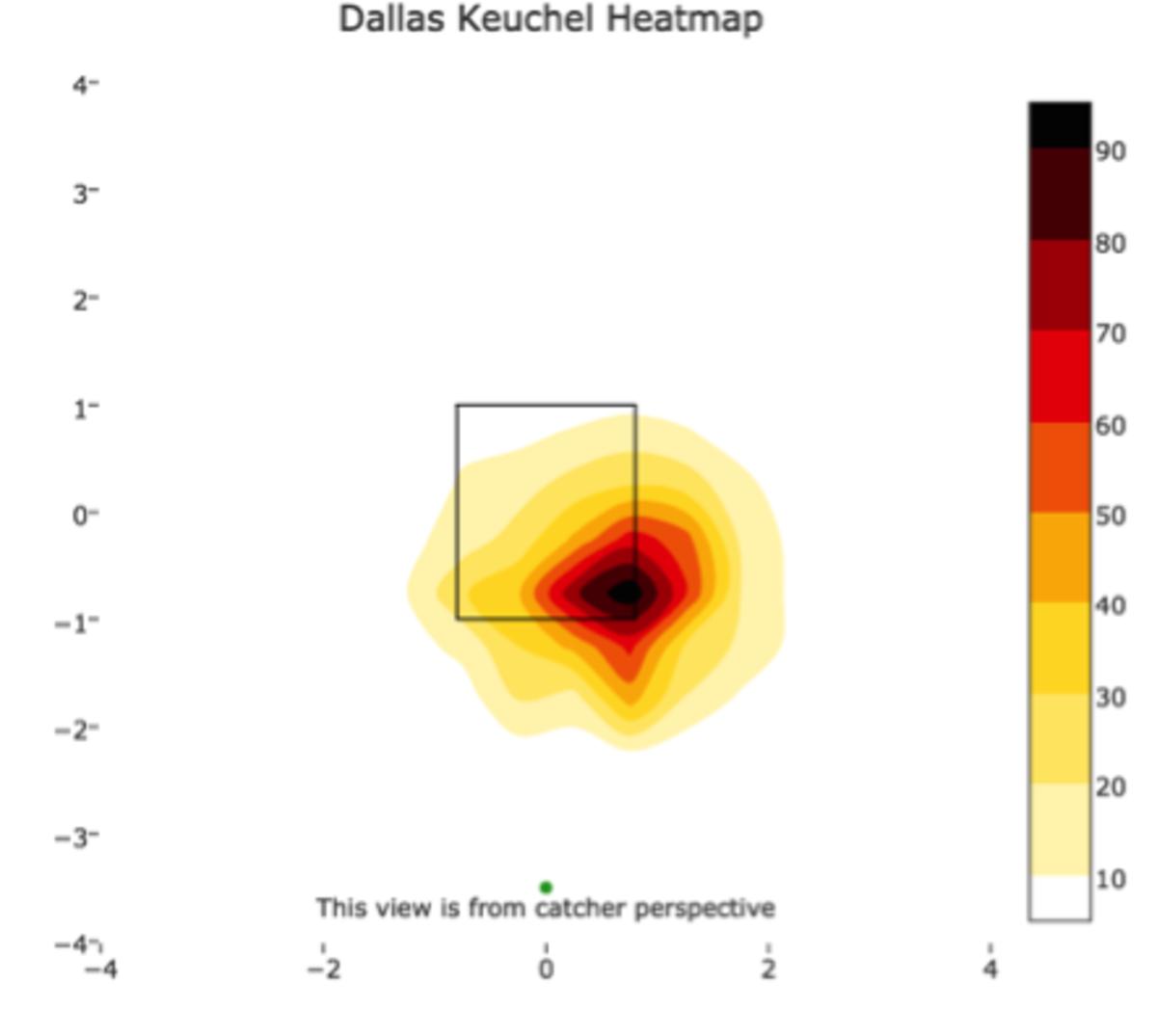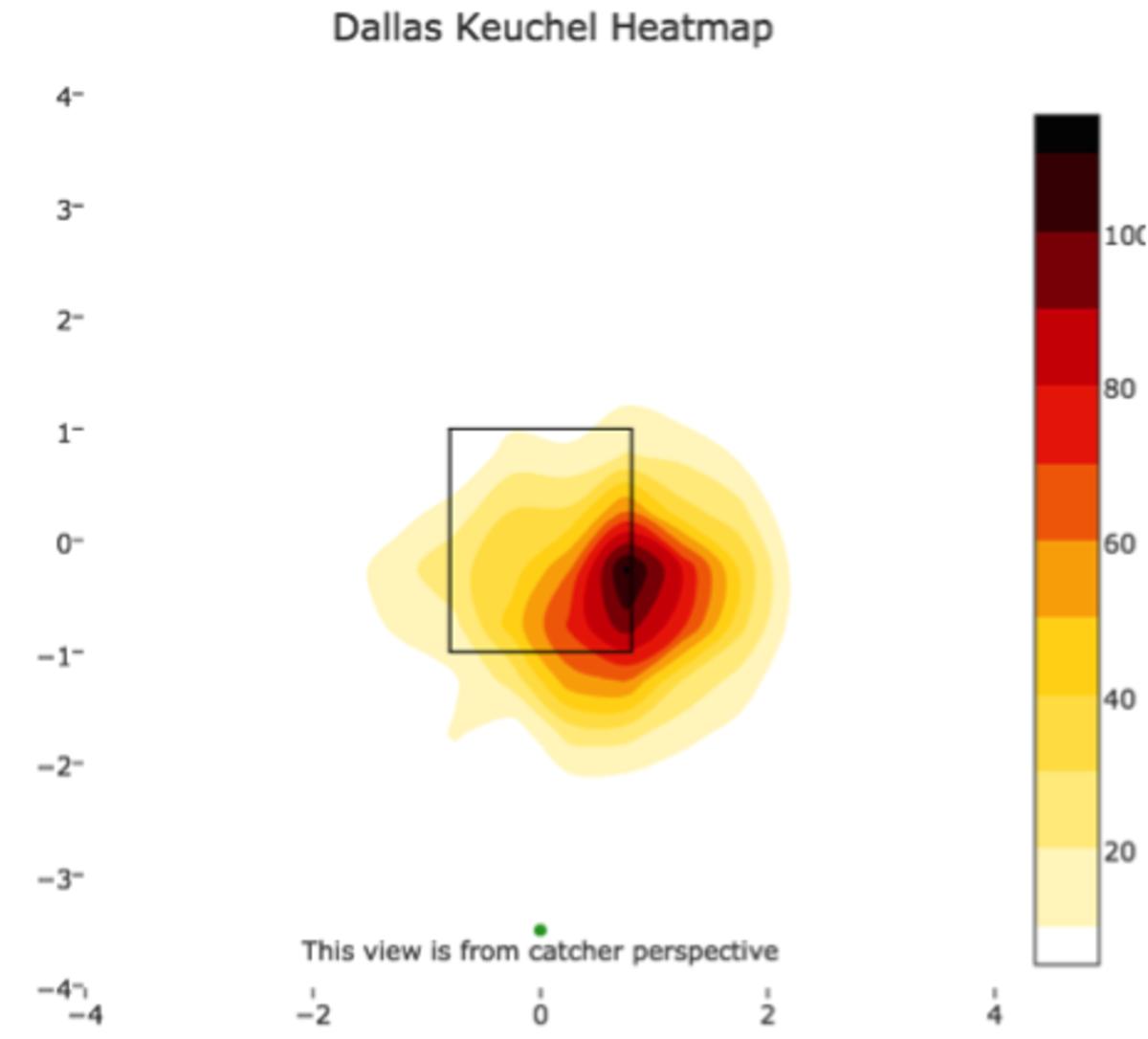Why Aren't Teams Lining Up to Sign Former Cy Young Winner Dallas Keuchel?

LAS VEGAS — As baseball becomes more of a swing-and-miss game, how much would you pay for the skill of pitching to contact? The free agency of Dallas Keuchel is a fascinating test case, and so far the results are not encouraging for the dying art of sinking the baseball. There has been only faint buzz about Keuchel, the most accomplished starting pitcher on the market, at these winter meetings.
In another era—say, just five years ago—Keuchel would have the deep portfolio of an elite free agent in demand: a Cy Young Award, three 200-inning seasons, two All-Star selections and a stellar postseason record. Yet teams rushed to sign Patrick Corbin and Nathan Eovaldi, who have combined for two 200-inning seasons. And J.A. Happ (no 200-inning seasons) is likely to be the next starter to sign, not Keuchel. Why? The ability to miss bats.
What you get with Keuchel is a guy who lives on short and late movement on the edges of the plate. And when you get that, you get variability. Here are the batting averages on balls in play against Keuchel since 2014: .298, .269, .305, .257, .302. It’s a roller coaster of a ride.
Keuchel, who turns 31 January 1, ranked 43rd among 57 qualified pitchers this year in strikeouts per nine innings (6.7). Corbin was sixth and Happ was 14th.
STAFF: What to Expect at This Year's Winter Meetings
Keuchel is the best groundball pitcher to hit the market since 30-year-old Mike Leake in 2015. The Cardinals signed Leake to a five-year, $80 million deal. Since then Leake is 29-35 with a 4.32 ERA and a .313 BABIP.
Pitching to contact is a dying skill. As the Launch Angle Revolution promoted swings that more easily provide loft to low pitches, the four-seam fastball with ride has become more popular while the two-seamer has declined. The two-seamer is the easiest pitch in baseball to hit, which explains the drop in usage:
Two-Seam Fastballs, MLB

Now consider the guys who try to live on that pitch without velocity. Here are the starting pitchers who rely the most on two-seam fastballs at 90 MPH or less:
Most Two-Seam Fastballs at 90 MPH or Less

Without velocity, the margin of error declines. That’s what happened to Keuchel in 2018, when he gave up the most hits in the league. If his two-seamer stays up just two inches more than where he wants it, it gets hit. Take a look at the heat map of his two-seamers from 2017 and 2018, and notice the elevation change:
Keuchel 2017 Two-Seam Fastballs

Keuchel 2018 Two-Seam Fastballs

What is the cost of that slight change in elevation? Seventy-three points in batting average. In 2017 batters hit .216 off his two-seamer. In 2018 they hit .289 off it. That’s why general managers prefer the slider/fastball combo of Corbin, the elite velocity of Eovaldi or the spin and ride of Happ’s fastballs: the margin of error is greater and the importance of defense is reduced.
Keuchel would seem to be better positioned, based on his resume, than free agents in another era who cashed in the tune of around $80 million: A.J. Burnett in 2008 (five years, $82.5 million), John Lackey in 2009 (five years, $82.5 million), Anibal Sanchez in 2012 (five years, $80 million), James Shields in 2014 (four years, $75 million) and Leake in 2015. He’s more accomplished in a traditional sense.
But since then the market for pitching to contact has declined. With his athleticism, durability and competitiveness, Keuchel could help any team, but it’s hard to find a team that’s going to be aggressive to get him. Maybe he falls to the Reds, one of the few teams connected early to him. Maybe the Rockies like how he defends the home run. Maybe the Phillies, if they lose out on Corbin and Happ, settle on Keuchel as the lefty in the rotation they prefer. The Braves’ business plan is to avoid long-term investments in pitching.
The best case for Keuchel is he finds a home in the National League with a team with a solid left side of the infield as he ages through his 30s pitching to contact. It’s a difficult way to live—and to negotiate—in today’s game.
